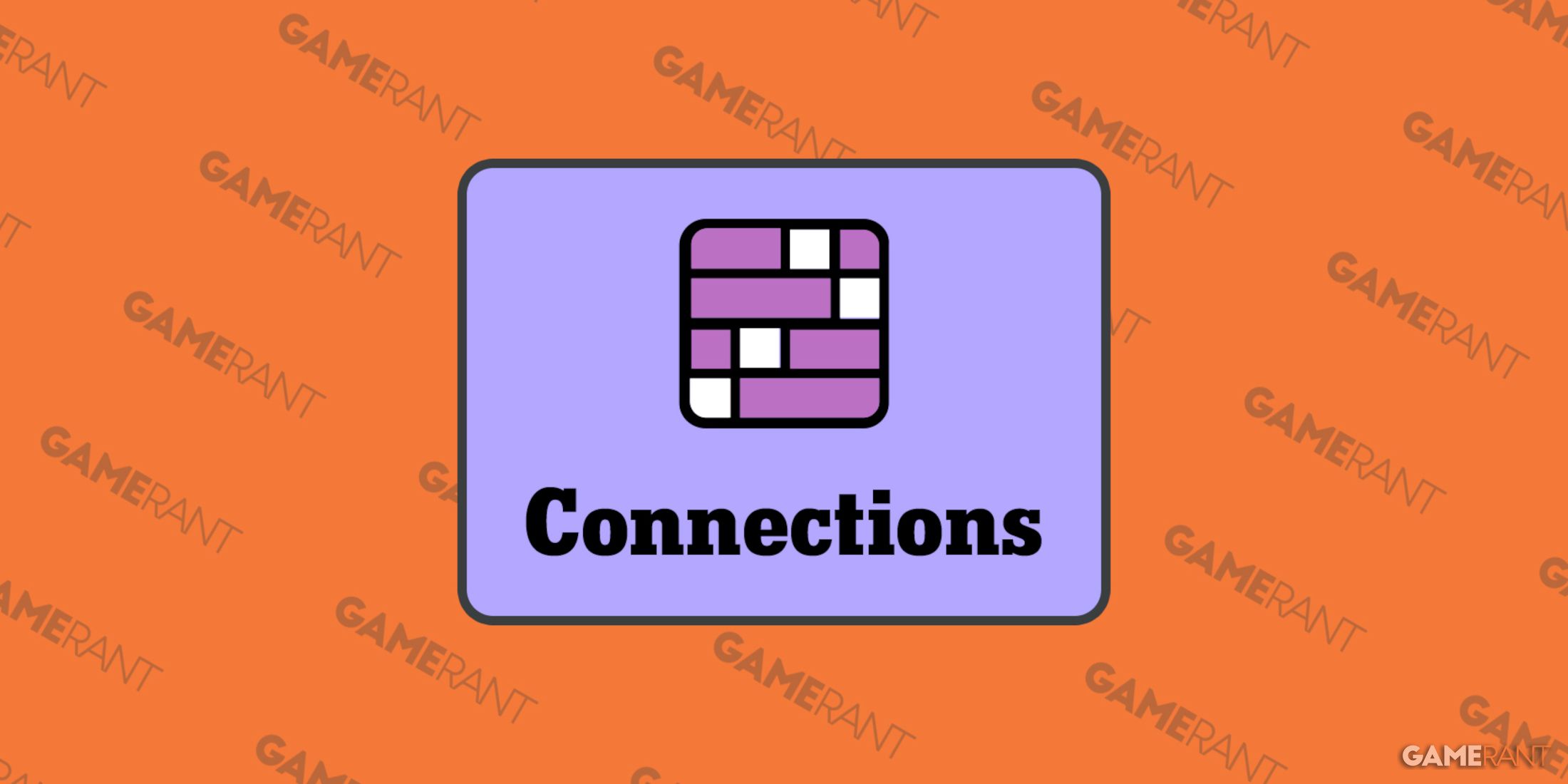The New York Times (NYT) Connections game has become a popular daily puzzle, testing players’ ability to identify related words and group them logically. Each day, players tackle four groups of four words, challenging their cognitive skills and word association abilities. If you’re looking for tips, tricks, and hints to excel in today’s Connections puzzle, this comprehensive guide has you covered.
In this article, we’ll explore the essence of the game, strategies to improve your performance, and hints for staying ahead of the curve. Whether you’re a casual player or a seasoned wordsmith, these insights will elevate your game.
What Is Connections?
Connections is a word-association puzzle designed to test your logical reasoning and vocabulary. The game requires players to find relationships among a list of 16 words and group them into categories. These categories might include synonyms, antonyms, themes, or specific topics like animals, movies, or colors.
The challenge lies in deciphering subtle connections while avoiding tricky decoys or misleading groupings.
Benefits of Playing Connections
The Connections puzzle offers more than just entertainment—it sharpens your mind and enhances your cognitive skills. Here are some of the key benefits:
- Boosts Vocabulary
Daily engagement with Connections introduces you to new words and reinforces existing knowledge.
- Improves Pattern Recognition
The game encourages you to identify patterns and relationships between words, a skill that extends to real-world problem-solving.
- Enhances Critical Thinking
Deciphering subtle clues and grouping words logically sharpens your critical thinking and analytical abilities.
- Promotes Relaxation
Like other word puzzles, Connections provides a relaxing yet stimulating mental exercise.
- Encourages Social Interaction
Sharing hints or discussing solutions with friends fosters collaboration and social engagement.

Strategies to Excel in Connections
Success in Connections requires more than just a broad vocabulary. Employ these strategies to improve your game:
- Look for Obvious Categories First
Start by identifying straightforward groups, such as colors, animals, or famous landmarks. Eliminating easy categories early simplifies the remaining challenge.
- Focus on Word Roots and Prefixes
Pay attention to word roots, prefixes, or suffixes that might hint at a connection. For example, words like “bio-” or “geo-” might belong to scientific categories.
- Consider Context and Themes
Think about overarching themes, such as holidays, sports, or movies. Words may not seem related at first glance but make sense within a specific context.
- Avoid Decoys and Misleading Words
Some words are designed to fit multiple categories. Approach these carefully and consider alternative groupings before making final decisions.
- Use the Process of Elimination
If you’re stuck, try grouping words you’re certain are unrelated. This process can narrow down possibilities and reveal hidden connections.
- Stay Patient and Think Creatively
Connections often require lateral thinking. Step away for a moment if you feel stuck, and return with a fresh perspective.
Daily Hints for Connections
If you’re playing today’s Connections puzzle and looking for subtle hints, here’s a general approach to finding clues without revealing exact solutions:
- Scan for Themes
Look for thematic words that suggest a group. Common themes include:
- Movies or actors
- Historical events
- Nature or animals
- Food and beverages
- Identify Similar Structures
Words that share similar structures—like rhymes, prefixes, or suffixes—often belong to the same group.
- Think About Pop Culture
Sometimes, words in Connections puzzles align with trending topics, holidays, or pop culture references. For example, words related to the latest movies, sports events, or seasonal activities.
- Use External Resources for Hints
Websites like Mashable or Forbes often provide hints or strategies for popular puzzles, including Connections. These resources can help without giving away direct answers.
- Collaborate with Friends
Discussing the puzzle with friends or fellow enthusiasts can offer fresh perspectives and lead to new insights.
Common Pitfalls to Avoid
When tackling Connections, it’s easy to fall into certain traps. Avoid these common mistakes:
- Overthinking Simple Groups
Sometimes the answer is straightforward. Don’t complicate obvious connections like “fruits” or “colors.”
- Ignoring Subtle Clues
While some categories are obvious, others require a closer look. Words like “drift” and “float” might hint at water-related terms.
- Rushing to Complete
Hasty decisions can lead to errors. Take your time to analyze each word and its potential groupings.
- Relying Too Heavily on External Hints
While hints are helpful, relying solely on them can diminish the challenge and enjoyment of solving the puzzle independently.
Resources for Connections Enthusiasts
To refine your skills and enjoy the game further, explore these resources:
- Official NYT Games
The New York Times website provides access to daily puzzles, including Connections. Consider subscribing for unlimited access.
- Puzzle Communities
Join online forums, social media groups, or communities dedicated to word games. Platforms like Reddit have active puzzle-solving groups.
- Word Association Apps
Practice your word association skills with apps and games designed to improve vocabulary and logical reasoning.
- Content Platforms
Websites like Mashable or Forbes occasionally cover tips and tricks for popular games, providing valuable insights without revealing spoilers.
The Evolving Popularity of Connections
Connections is not just a game—it’s a reflection of how people enjoy blending entertainment with cognitive challenges. Its popularity continues to grow as more players embrace the fun and intellectual stimulation it offers.
As puzzles evolve, new categories and themes keep the game fresh, ensuring long-term engagement for both casual players and dedicated enthusiasts.
Conclusion
Connections is more than just a daily puzzle; it’s a mental exercise that sharpens your skills and provides a rewarding sense of accomplishment. By understanding its structure, employing effective strategies, and using hints judiciously, you can master the art of Connections and enjoy the journey of solving its daily challenges.
